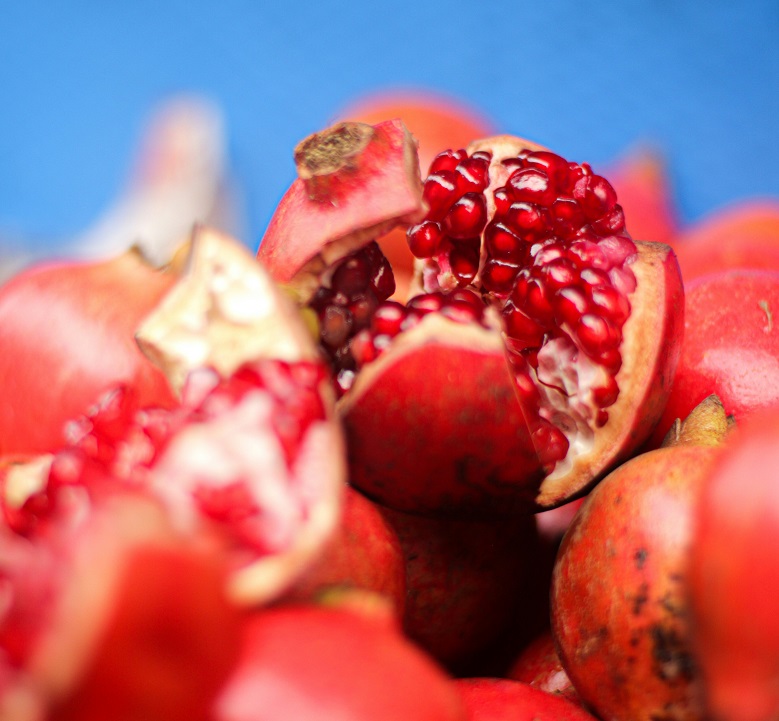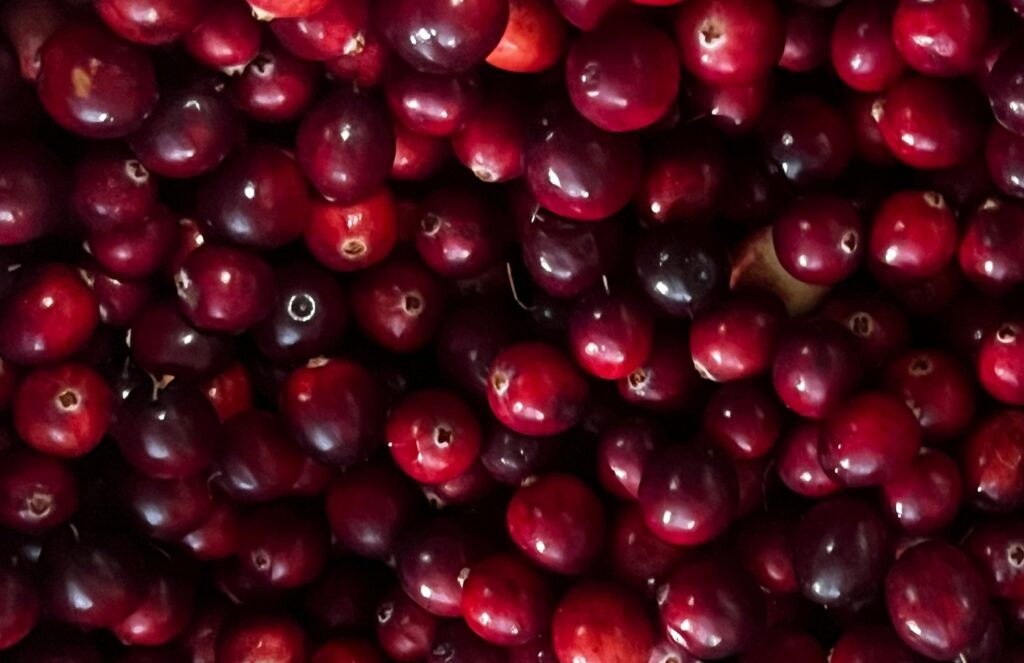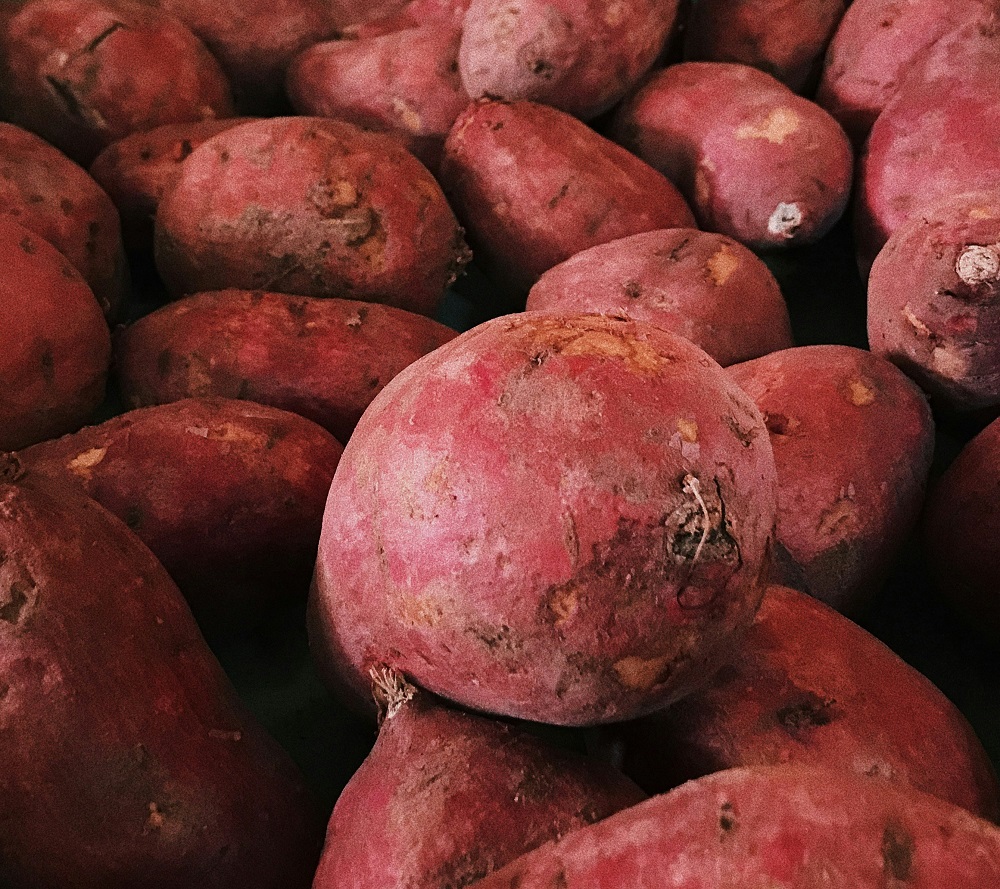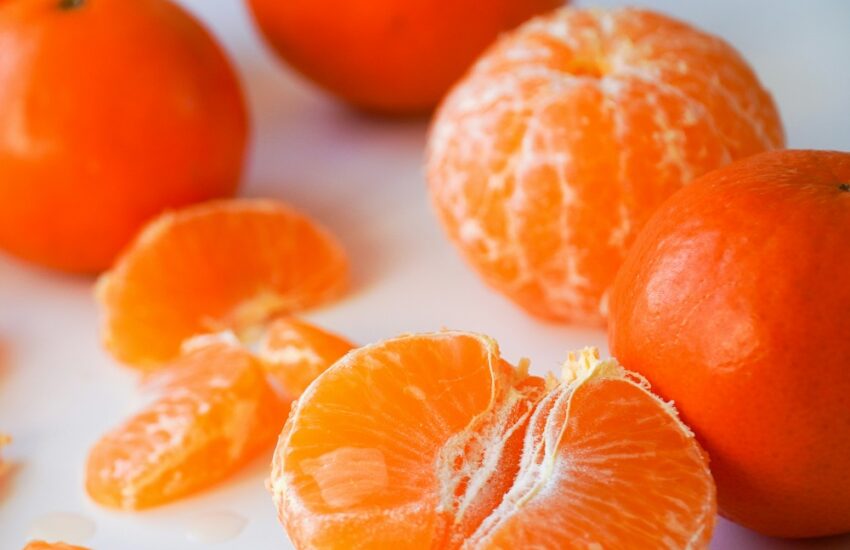Winter brings a variety of fruits that thrive in cooler temperatures and offer a refreshing taste to the colder months. In many regions, winter fruits are not only delicious but also packed with nutrients that help boost immunity and provide essential vitamins during the season when sunlight is scarce. Here is a comprehensive overview of 15 popular seasonal fruits in winter suggested by Mohit Tandon Burr Ridge, organized with headings to detail their origins, health benefits, and culinary uses. – 15 Popular Seasonal Fruit in Winters : Mohit Tandon Burr Ridge
1. Citrus Fruits (Oranges, Grapefruits, Lemons, Limes)
Citrus fruits are perhaps the most iconic winter fruits, known for their tangy flavor and high vitamin C content, which is vital for boosting immunity during the cold season. Oranges, grapefruits, lemons, and limes come into season during winter months, especially in warmer climates. – Mohit Tandon Burr Ridge
Health Benefits:
- High in vitamin C, antioxidants, and fiber.
- Help fight colds and support skin health.
Culinary Uses:
- Juices, salads, marmalades, and zest in various dishes.

2. Pomegranates
Pomegranates are often associated with winter, particularly in regions with Mediterranean climates. They are a rich source of antioxidants, vitamins, and minerals, making them a superfood for winter wellness.
Health Benefits:
- Rich in antioxidants like polyphenols.
- Supports heart health and may help with inflammation.
Culinary Uses:
- Eaten fresh, added to salads, or used as juice.

3. Apples
Apples are available year-round, but certain varieties peak in winter. Their crisp texture and sweet-tart flavor make them a versatile fruit in many recipes during colder months.
Health Benefits:
- High in dietary fiber and vitamin C.
- Support digestive health and provide energy.
Culinary Uses:
- Pies, crisps, and apple sauce, or enjoyed fresh.

4. Pears
Pears, particularly varieties like Bartlett and Anjou, are at their peak in winter. Their smooth texture and sweet flavor make them perfect for both fresh consumption and cooking.
Health Benefits:
- A good source of dietary fiber and vitamin C.
- Promote heart health and digestive regularity.
Culinary Uses:
- Fresh, baked, or used in desserts like tarts and cakes.

5. Persimmons
Persimmons are a winter fruit known for their sweet, honey-like flavor when fully ripe. They are most commonly seen in Asia and certain parts of the United States during the colder months.
Health Benefits:
- High in fiber, vitamins A and C, and antioxidants.
- May aid digestion and improve skin health.
Culinary Uses:
- Fresh, dried, or in jams, salads, and baked goods.

6. Kiwifruit
While kiwifruit is typically a late fall to early winter fruit, it remains popular throughout winter months. With its green flesh and tiny seeds, it’s not only flavorful but also packed with essential nutrients.
Health Benefits:
- High in vitamin C, vitamin K, and fiber.
- Helps with digestion and boosts immune function.
Culinary Uses:
- Eaten fresh, in smoothies, or as a topping for desserts and salads.

7. Cranberries
Cranberries are a quintessential winter fruit, particularly in North America. Known for their tartness, they are harvested in late fall and are available through winter, often used in holiday dishes.
Health Benefits:
- Rich in antioxidants and vitamin C.
- Support urinary tract health and reduce inflammation.
Culinary Uses:
- Used in sauces, juices, baked goods, or eaten fresh with sweeteners.

8. Quinces
Though not as popular as other winter fruits, quinces are in season from late fall through winter. This hard, tart fruit is often used in cooking rather than eaten raw. – Mohit Tandon Burr Ridge
Health Benefits:
- Rich in dietary fiber, vitamin C, and antioxidants.
- Aid in digestion and immune support.
Culinary Uses:
- Used in jams, jellies, and stews, or roasted.

9. Grapes (Red and Green Varieties)
Though grapes are typically harvested in the fall, they remain available throughout winter months. Their sweetness and juiciness make them a perfect snack during the colder season.
Health Benefits:
- High in vitamins C and K, antioxidants.
- Help improve heart health and reduce oxidative stress.
Culinary Uses:
- Eaten fresh, used in salads, or as a garnish for cheeses and meats.

10. Tangerines
Tangerines, a variety of mandarin orange, are often at their best during the winter months. These easy-to-peel fruits are perfect for snacking or adding to salads and desserts.
Health Benefits:
- High in vitamin C and fiber.
- Help boost the immune system and improve digestion.
Culinary Uses:
- Eaten fresh, juiced, or used in salads and desserts.

11. Avocados
While avocados are more commonly associated with warmer seasons, in many parts of the world, they remain in season during the winter months, especially in tropical climates. – Mohit Tandon Burr Ridge
Health Benefits:
- Rich in healthy fats, fiber, and vitamins E and K.
- Support heart health, reduce inflammation, and improve digestion.
Culinary Uses:
- In salads, spreads, or as a topping for toast or bowls.

12. Bananas
Bananas, though available year-round, are often in peak season in winter, particularly in tropical climates. Their smooth, sweet flavor and rich texture make them a popular fruit during colder months.
Health Benefits:
- High in potassium and vitamins B6 and C.
- Aid in muscle function, energy production, and digestive health.
Culinary Uses:
- Eaten fresh, in smoothies, or baked goods like banana bread.

13. Mangoes
Mangoes, another tropical fruit, have a short window of peak availability in winter in some parts of the world. They provide a burst of sweetness in winter fruit baskets.
Health Benefits:
- Rich in vitamins A and C, antioxidants.
- Help promote skin health and improve digestion.
Culinary Uses:
- In smoothies, salads, or eaten fresh.

14. Sweet Potatoes
While technically a root vegetable, sweet potatoes are often treated like a fruit in culinary contexts because of their natural sweetness and versatility in recipes, especially in winter.
Health Benefits:
- High in vitamin A, vitamin C, and fiber.
- Aid in immune support and digestive health.
Culinary Uses:
- Roasted, mashed, or used in pies and soups.

15. Coconut
Coconuts, particularly the meat and water, are often enjoyed during winter in tropical regions. Their availability in dried and fresh forms allows for year-round consumption, even in colder climates.
Health Benefits:
- Rich in healthy fats, fiber, and antioxidants.
- Help support hydration, immune health, and skin wellness.
Culinary Uses:
- Used in smoothies, desserts, and savory dishes, or consumed as coconut water.

Conclusion
Winter may be the coldest season, but it’s also a time of abundance when it comes to seasonal fruits. The fruits listed here are packed with essential nutrients and antioxidants, providing numerous health benefits during the colder months. Whether you prefer the tartness of cranberries or the sweetness of mandarins, there is a winter fruit for every palate. Incorporating these fruits into your daily diet can help keep you healthy, energized, and satisfied throughout the winter season.
